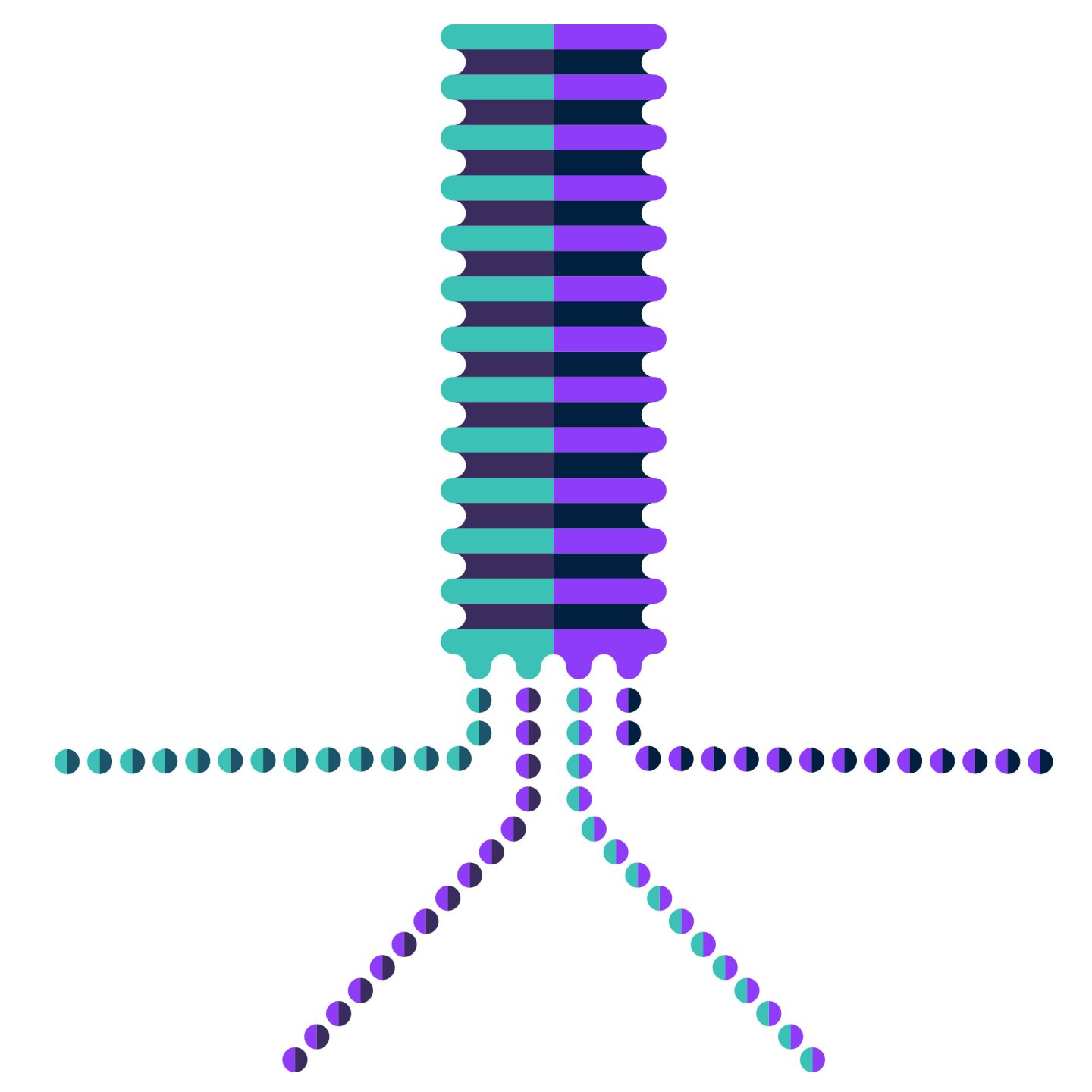Five things that can go wrong with process automation
Without understanding the objectives, risk and compliance requirements, process automation is like driving a Formula 1 car without a steering wheel.


Digitalization is often interpreted as the automation of business processes but taking a focus this narrow can end in tears.
The market for automation technologies is growing at high double-digit rates, accelerated by the user-friendliness of the technologies. This drives automation projects into business departments, rather than IT organizations, and the role of the citizen developer, who can build applications for the requirements of his or her team without very deep IT know-how, has become widespread.
There are five things that can go wrong in this approach:
- You can automate suboptimal processes
- Selective automation of individual activities by specialized apps – without knowing the overall context – leads to islands of automation. This runs counter to the idea of end-to-end processes
- Processes extend beyond company boundaries and, without understanding the cooperation with your suppliers and distributors, there is a risk of process breaks and suboptimal management of supply chains
- You might miss new regulatory requirements that increasingly determine the requirements for process execution
- The decentralized development of apps and individual applications can very quickly lead to a tangle of technologies, resulting in high follow-up costs.
Process automation
Process automation is represented by a variety of different technologies: low-code/no-code platforms, workflow systems, intelligent document processing (IDP), robotic process automation (RPA), integration platforms, chatbots. Artificial intelligence has an increasing part to play in all these technologies. The combination of all these technologies is often referred to as hyperautomation.
Without understanding the overall objectives, performance and risk compliance requirements, process automation is like driving a Formula 1 car without a steering wheel. A clear alignment on the process goals and the integration into an optimization cycle are crucial for success.
*Here are 10 steps you can take to make sure these aspects are considered:
- Describe your business model in such a way that it defines the positioning in the market and the goals associated with the core processes, i.e. which processes focus on efficiency and cost control? Which processes are crucial for differentiation from competitors? What does differentiation in the process mean in concrete terms? (e.g., high delivery reliability, high product quality, fast throughput times, etc.)?
- Use a repository to list the core processes at a high level of aggregation. For these core processes, describe the associated goals and the regulations to be followed.
- Also document your partner network and the processes beyond the company boundaries. Many regulatory requirements (to respect human rights and environment) do not stop at the company’s borders but consider the entire global value chain.
- Specify the performance requirements of the processes through concrete targets and metrics; specify the compliance requirements of the processes through corresponding controls in the processes.
- Use the process descriptions and specifications as a mandatory basis for all automation and development projects.
- Keep track of the automated processes and apps by introducing a central portfolio management that becomes part of the corporate repository.
- Establish a monitoring system for the important processes (using process mining and task mining technologies) to continuously monitor the performance targets and to initiate countermeasures in case of problems.
- Use this monitoring system to identify and counteract deviations from compliance requirements.
- Give all relevant business departments access to the repository content and the process analyses; the process owners are responsible for the adjustments to the processes and applications.
- Understand these components for documentation, automation and monitoring as a living system, i.e., recognize relevant patterns in real process execution and permanently adapt the requirements to customer demands and changing market situations.
This approach aims to avoid islands of automation. Instead, an enterprise repository is used to coordinate automation projects to ensure that all projects contribute to the common enterprise goals.
It also provides an answer to the frequently asked question of whether to start with modeling, automation or mining. The different approaches and techniques complement each other, and the real value comes from an integrative approach. Process excellence is eating the world.
Listen to the webinar on how Luxembourg Administration achieves operational excellence through agile app development.
*The original article appeared in OPEX.
